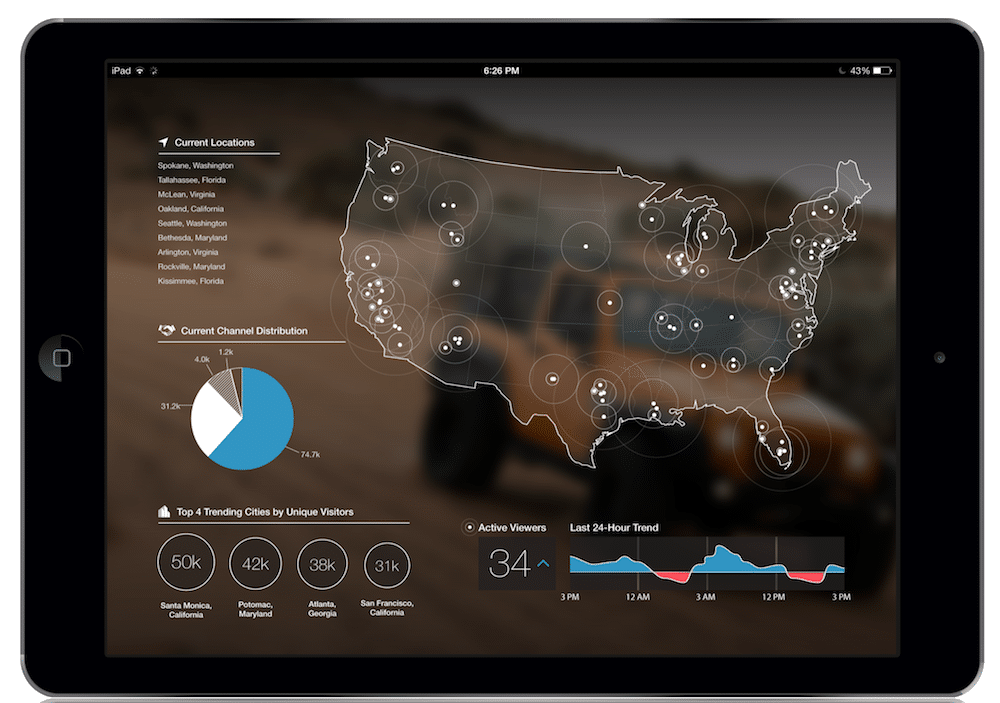
“Data is an asset” — a phrase frequently echoed throughout many organizations; but, what does this phrase really mean for an organization looking to use their data as an “asset” to increase revenue? What’s are the first steps? The goal of this article is to help you understand how to get started in monetizing your organization’s data.
Step 1 – What Are The Legal and Regulatory Concerns?
What are the use rights to the data you currently have? Is it truly owned by your organization? What are the privacy considerations for the data? What are the regulatory considerations (Sarbanes-Oxley, HIPAA, Title 29, etc.)? Most organizations we work with have this already worked out, but you never can be too sure. Our recommendation is to make sure you use the data responsibly and taking proper steps legally before any products are developed. To do this, please check with a legal professional to review your company’s Term of Use, Privacy Guidelines, Data Licensing Terms, and other documents related to data ownership and use. More information can be found here.
Step 2 – Identify Data Stories Through Use Cases and Determine Initial Requirements
Common question – “What’s the easy way to come up with a data story?”. Our response: look at common use cases asked internally or by your customers. If monetization is the goal, then how will your data help solve problems internally in the organization or for your clients? Monetization is realized when operation costs are reduced (internal use) or what your clients will see as value when solving their problems with your data (external use). Through this process, understanding how to deliver the solution to solve the problem can be outlined to understand the requirements for build.
Step 3 – Validate the Use Case
This is the fun part (or at least to us). Build a demonstration product that focuses on the priority use case. There are many ways to do this. Here are some tools we recommend that might be of help:
Data Visualization Tools:
Wireframe Tools:
- Sketch
- Balsamiq Mockups
- Axure
- Wireframe.cc
- Moqups
- UXPin
- Fluid UI
- Pidoco
- Visio
- Adobe Products (Illustrator, Photoshop, etc.)
- OmniGraffle
Once a demo is built, the next step to validate via presentation to key stakeholders for buy-in/acceptance. This is important regardless if the strategy is to build a product for external or internal use. For external use, it’s important to involve clients who have a deep relationship with the organization to solicit feedback. This will also help validate the strategy for added revenue streams.
Taking these 3 steps will help save money and time when choosing the right product strategy for your data. Once the demo is validated, investing in the development of a MVP or Version1 software becomes a no-brainer since you know what the added potential revenue will be.
We of course help our clients with these steps to not only produce the demo, but to bring in an outside perspective from our experience to help accelerate the product validation and build process.
If you have any questions, please fill out the form below to schedule an interactive webinar.

